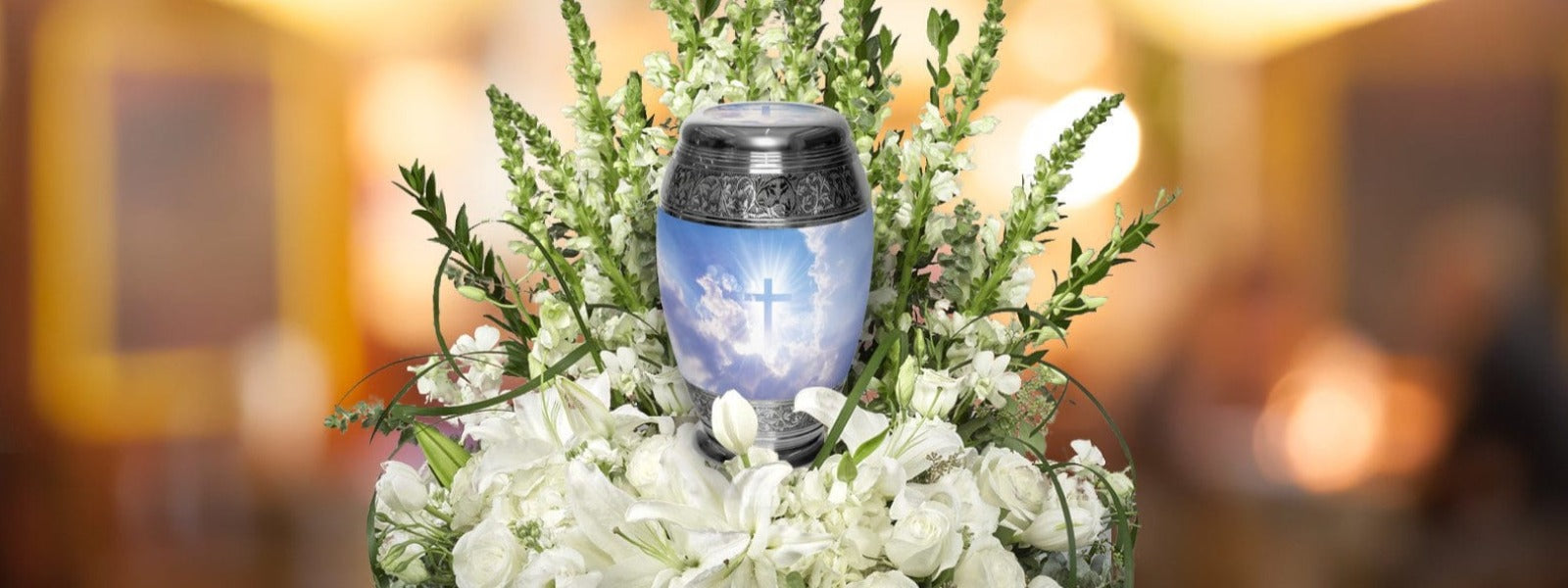Metal cremation urns are made using various techniques, depending on the metal in question and the design intricacy. Here's a basic overview of how metal cremation urns are typically crafted:
1. Material Selection: The first step is selecting the type of metal. Common metals used for cremation urns include bronze, brass, stainless steel, aluminum, and copper.
2. Design: The design of the urn can be drawn by hand or designed using computer software. This design process determines the urn's size, shape, and any decorative elements.
3. Sand Casting (common for bronze and brass urns):
- A mold is made from the urn design. This can be made of sand, ceramic, or another material, depending on the casting method.
- The metal is melted in a furnace and then poured into the mold.
- Once cooled and solidified, the mold is removed, and the rough casting emerges.
4. Sheet Metal Forming (common for stainless steel and aluminum urns):
- Sheet metal is cut to the required shape and size.
- The metal sheets are then bent and shaped, typically using dies and forming presses.
- Components are then assembled, often using welding or soldering.
5. Hand-Hammering and Shaping: Some urns, especially artisanal ones, are hand-shaped by hammering. This technique can create unique textures and shapes.
6. Engraving and Embellishing: Details, patterns, or personalized inscriptions can be engraved onto the urn's surface. Some urns are also adorned with decorative elements, like inlaid gemstones or attached metal motifs.
7. Finishing:
- Polishing* The urn is polished to achieve a smooth surface and a lustrous shine.
- Coating: Some urns receive a protective coating to help prevent tarnishing or corrosion. This is especially common for brass urns.
- Patination: Certain urns, particularly bronze, might undergo a patination process, where chemicals are applied to the metal surface to create a specific patina or coloration.
8. Assembly: If the urn has multiple components or sections, they are assembled to complete the final piece.
9. Quality Check: Before the urn is ready for sale, it goes through a quality check to ensure it meets the required standards and is free from defects.
It's worth noting that while many urns are mass-produced using machinery for consistency and efficiency, there are also artisans who handcraft urns, providing unique designs and finishes that cater to specific preferences and requirements.






Leave a comment (all fields required)